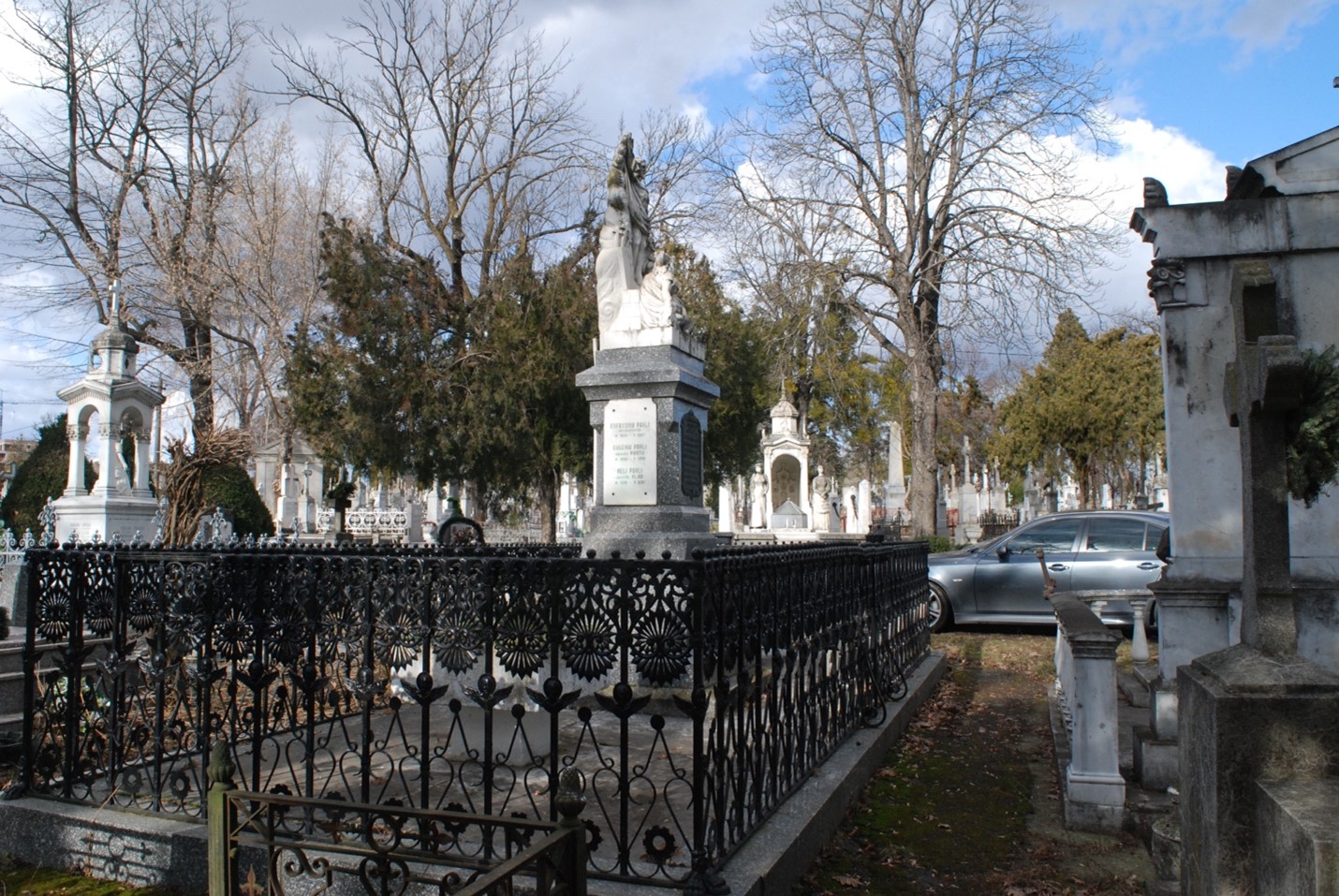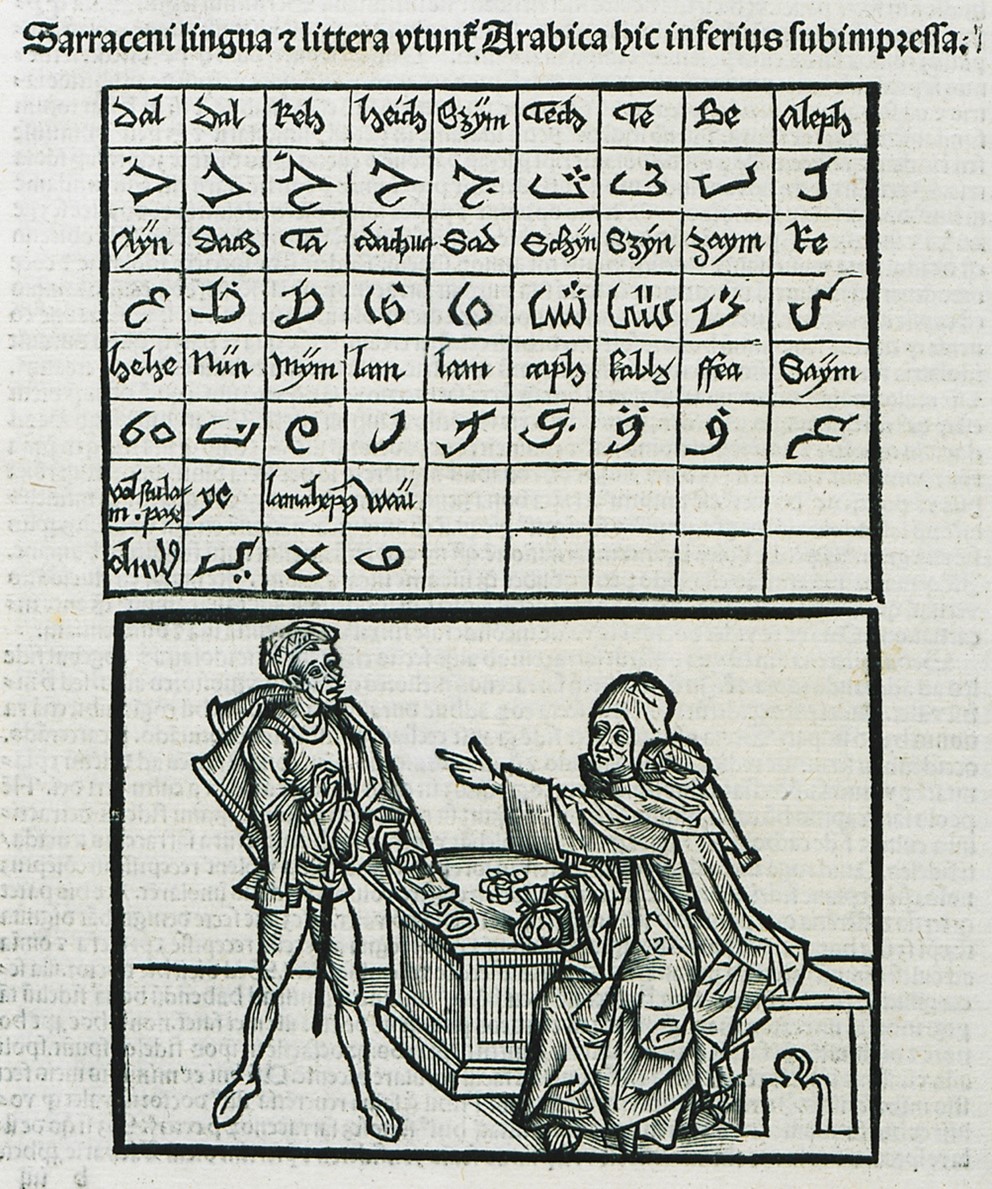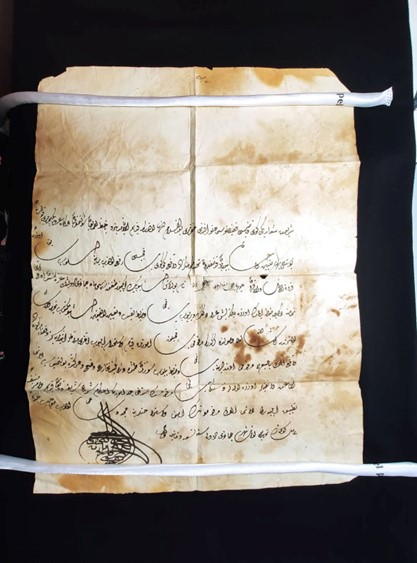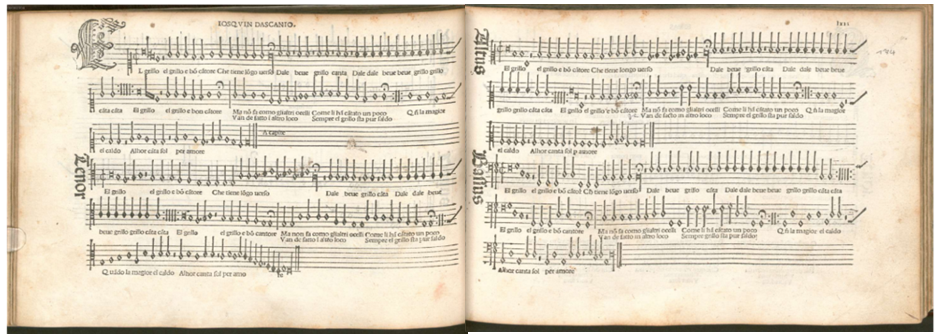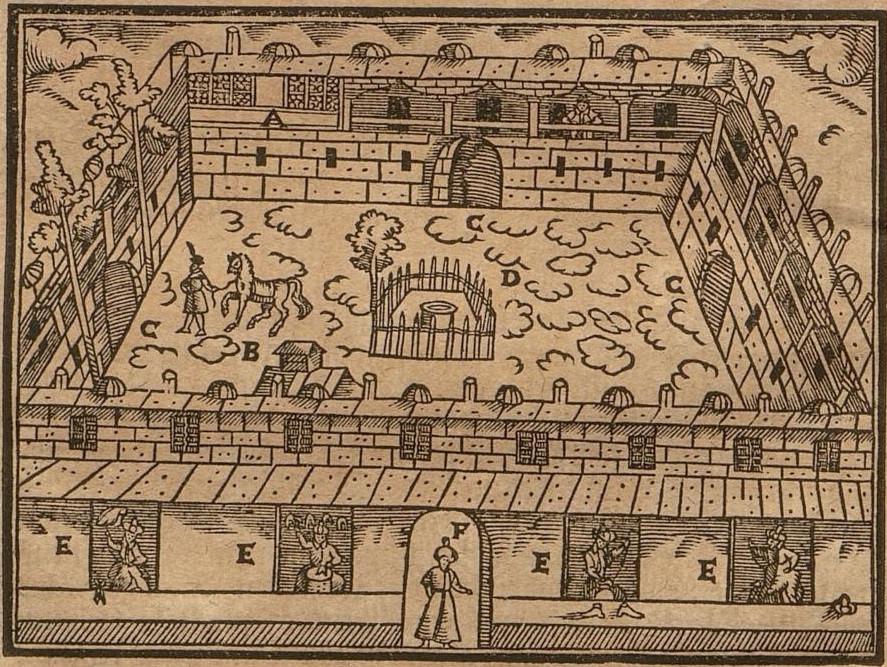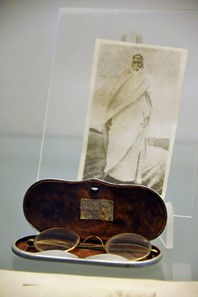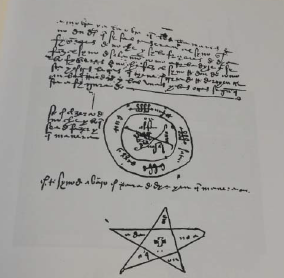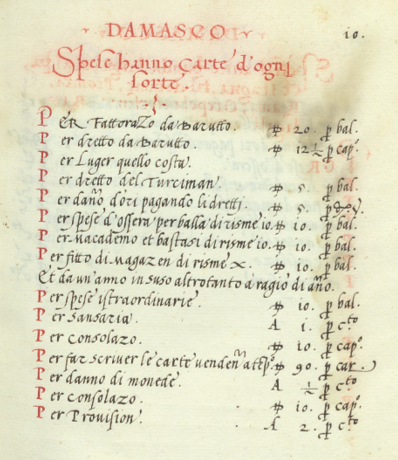Konstantinos Giakoumis, ‘The Family Tomb of the Pavli Family’
Cover Image: Eternity Cemetery, Iaşi, The Family Tomb of the Pavli Family The family tomb, whose photographic glimpse is provided here, captures some 300 years of history of a single immigrant family from the region of Gjirokastra (now South Albania) to Iaşi, Romania and is a good case of family preservation through integration. On a central plot (Plot 4 / I, row 3) at the western side of the central church of the Eternity Cemetery (Cimitirul Eternitatea) in Iaşi the impressive, fenced tomb of the Pavli (or Pavlou) family captures the eye of the visitor. The tomb is slightly elevated from the ground, covered with slabs of white marble with a grey marble contour. The central part of the family tomb there is a sculpture elevated on an over-two-metres-high basis revetted with slabs of grey-back marble with white spots. The statue portrays Christ’s Resurrection dominates over the surrounding tombs. The statue portrays the Resurrected Christ rising from the Sepulchre. Christ stands upright, lifts his right hand in a gesture of greeting and holds a gilded cross with his left hand. He [...]


